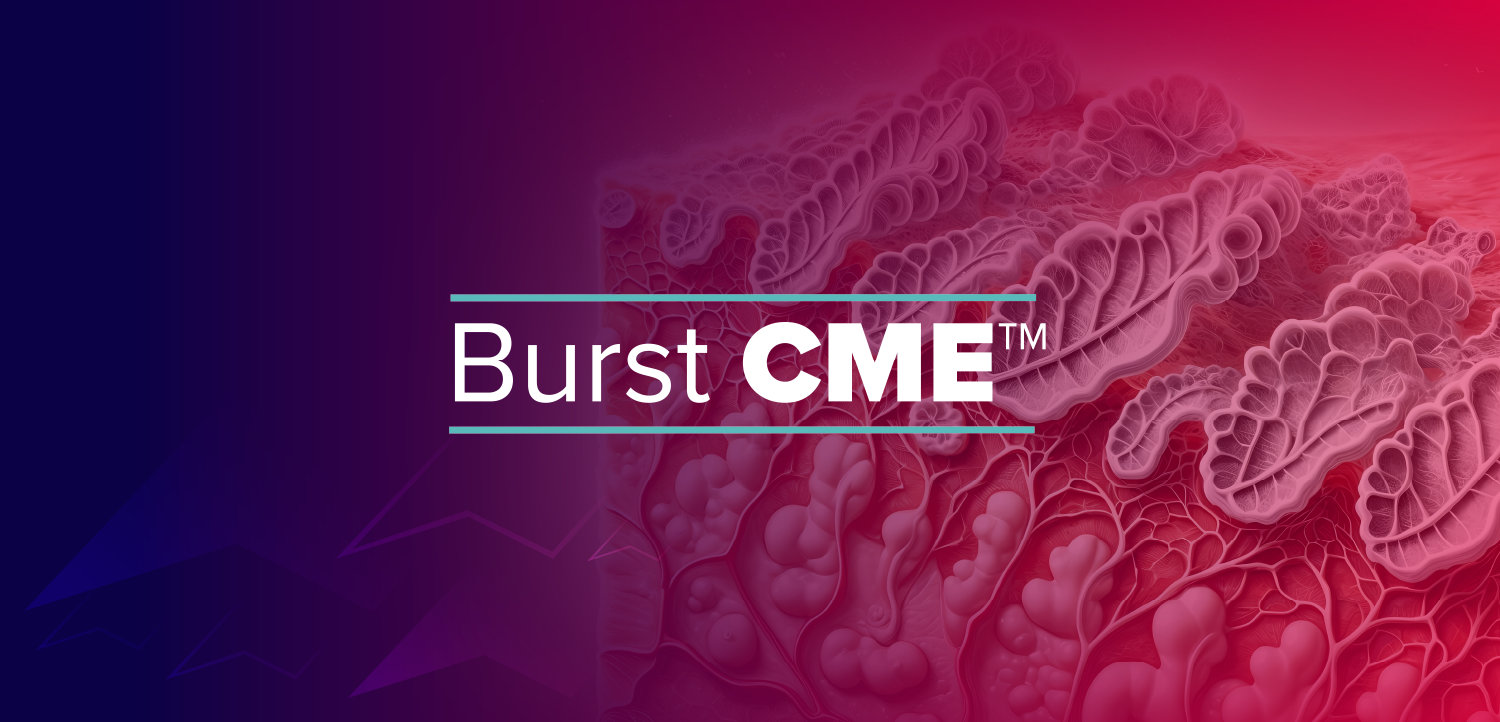
Study identifies successful ways to provide after-hours care
Ensuring that your patients have 24/7 access to medical care is challenging but essential if you want your practice to become a Patient-Centered Medical Home. Here's how you can do it.
If you’re thinking about adopting the
Writing in the June issue of the
Same PCP all the time, in which the PCP is on-call 24/7 and will open his or her office for patients if necessary;
PCP and practice partners, usually with limited extended office hours and 24/7 phone coverage;
PCP plus a small, local cross-coverage network, usually 24/7 telephone coverage, and sometimes extended hours;
PCP plus larger cross-coverage network; and
PCP plus a contractual relationship with an urgent care or after-hours clinic.
The authors identify three key themes common to all the models: “After-hours care must incorporate feasible and sustainable designs that meet local population needs; a shared [electronic health record] EHR and systematic notification procedures between the after-hours provider and daytime PCP are extremely helpful, and 24/7 access is best implemented as part of a larger practice approach to access and continuity.”
Among the challenges the authors found to building sustainable after-hour models:
Providers often find it difficult to obtain reimbursement, despite the availability of evaluation and management codes for after-hours care;
Community PCPs are reluctant to collaborate because they fear losing patients to other doctors perceived as being more available.
Patients, particularly those whose care is covered by Medicaid, must be persuaded to use after-hours services rather than the ED.
Despite the challenges, the authors say that improving access to care outside of normal office hours would benefit individual patients and the healthcare system as a whole. Primary care continuity is associated with improved patient outcomes and lower ED use for non-urgent problems, which in turn reduce healthcare spending because ED visits cost more than primary care visits, the authors note.
Related Content
Newsletter
Stay informed and empowered with Medical Economics enewsletter, delivering expert insights, financial strategies, practice management tips and technology trends — tailored for today’s physicians.














